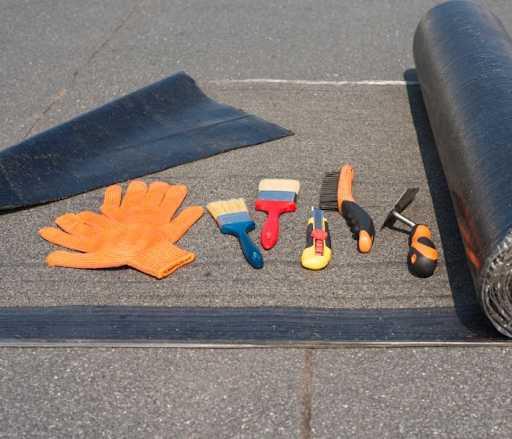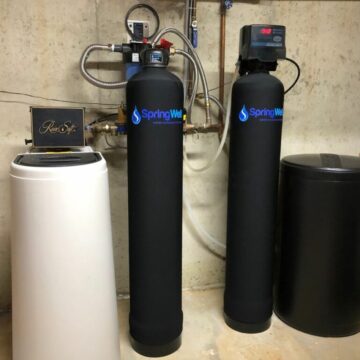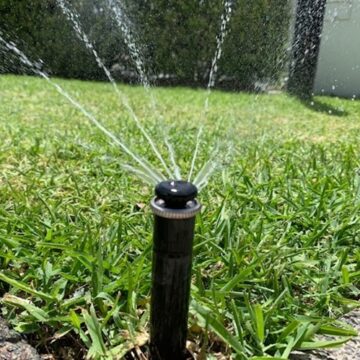Foundation repair used to only involve pouring concrete to strengthen the foundation, but today, there are a variety of more effective options to fix foundation problems. While each of these methods is more suitable for specific situations, they all have their strength. Be sure to click on visit website for further info on slab foundation repair.
In this article, we discuss some of the most common methods for repairing slab foundations in Texas today. Let’s begin by identifying some signs that a faulty foundation could give.
Signs of a faulty foundation
It is not unusual for houses and buildings to settle with time, and you shouldn’t be bothered by little unevenness. However, you should not ignore the following signs as they could be warning you that there’s a serious problem with your foundation.
- Doors failing to stay closed, or not shutting properly.
- Windows suddenly became stiff and refused to close properly.
- Uneven floors and cracks in tile work (particularly if the tiles are over a concrete floor).
- Cracks in walls, and other vulnerable sections of the home such as over windows and doors.
These are indications that the foundation of your home is having issues. You may also want to check the exterior of your home as a follow-up.
Leaning or bulging walls are further signs of foundation issues. As soon as you notice any of these signs, you should contact a professional to inspect your home and give you recommendations on the best way to go about the repair.
Slab foundation repair methods
There are many types of repair techniques that can be used to fix slab foundation issues. The best one to go with will depend on the kind of issue the foundation has
Concrete Pressed Pilings
This is a cost-effective Texas slab foundation repair technique. In this process, the contractor drives concrete cylinders into the ground to serve as support piers for the foundation.
However, there is a problem. When the discrete concrete piers have been driven to the active soil, nothing keeps them from shifting to the side, and this weakens the support system of the foundation. To overcome this downside, steel reinforcement accompanies these pressed pilings, thereby doing a great job at keeping each pier from shifting to the side.
While pressed pilings are much cheaper than traditional foundation repair techniques, they have a few downsides.
- Not all locations permit pressing pilings into the ground.
- Pressed pilings can sometimes become cracked without giving signs. When this happens, the support pier system becomes faulty, and the stability of the foundation is compromised.
Masonry patches and sealants
When a slab foundation has gone through shrinkage, the use of masonry patches and sealants can be an effective way to fix it. One of the major signs of a shrinking foundation is when there are cracks in the corners of the foundation. To repair this, expanding hydraulic cement is used to fill the cracks.
While shrinkage does not necessarily signal a serious structural issue, it is important that any cracks are sealed before the problem becomes worse.
Slab jacking
Slab-jacking is a foundation repair option that can be used to repair sinking foundations. The process involves forcing the foundation back to its original position by filling the space underneath the slab.
During this process, access holes are drilled through the slab, and the areas below it are filled with a mixture of cement and other additives. There are some technicalities involved in the process of slab-jacking that require special tools and equipment. Considering its complexity, this method should only be done by highly-trained professionals.
Polyurethane Foam
Another way to repair a slab foundation is using polyurethane foam. This technique requires that the high-density polyurethane foam be injected into the foundation. This is done by using a six-foot checkerboard pattern directed at the area where the foundation issue is.
One thing that has made this technique popular is that the repair process is fast. And in most cases, it is a cost-effective repair option for fixing slab foundation issues.
Unfortunately, there are a few downsides to this technique. Before the polyurethane is installed, the contractor will have to confirm that there are no leaks in the plumbing. This is because the foam can find its way into the hole and permanently block the affected pipes. Foam can also clog the ducts of the HVAC system during this repair process.
Pier support
If the severity of the foundation problem is such that it cannot be fixed with polyurethane foam or slab-jacking, then using a pier support may be the next option. This set of slab foundation repair options involves supporting the foundation by burying shafts, well-positioned on stable soil or rock.
There are many types of foundation piers used for slab foundation repairs today. Below are some of them.
Helical Piers
Helical piers are one of the most popular foundation repair options out there. They are large steel screws that are driven into the ground by using hydraulic machinery. This method of foundation repair is effective for repairing both interior and exterior slabs.
When properly installed, their performance can be compared with those of properly installed steel or concrete pilings.
Spot Piers
These are usually hand-dug shallow holes that are filled with concrete. Spot piers are effective options for areas with a light load such as porches. The downside of this technique is that it cannot support a foundation with too much weight.
The cost of slab foundation repair in Texas
According to Home Advisor, most homeowners will pay around $4,685 to repair foundation issues. Major repairs involving hydraulic piers can cost $10,000 or more, and minor cracks cost as low as $500. The typical homeowner pays between $2,143 and $7,444.
Conclusion
When it comes to slab foundation repairs in Texas, there are a variety of techniques that can be used. The major challenge that many homeowners have is knowing the best circumstance in which each repair option is most effective. The best way to go about this is to engage the service of a foundation repair professional to inspect your home, find out the severity of the foundation problem, and recommend the best repair option to opt for based on their discovery.
















